India, predominantly an agricultural nation, is currently facing a significant challenge in ensuring food security for its ever-growing population. With agriculture accounting for about 70% of the country’s water consumption, efficient water management becomes a crucial factor in improving crop yields and securing the food supply. In this context, rainwater harvesting emerges as a sustainable and viable solution for addressing water scarcity and enhancing agricultural productivity.
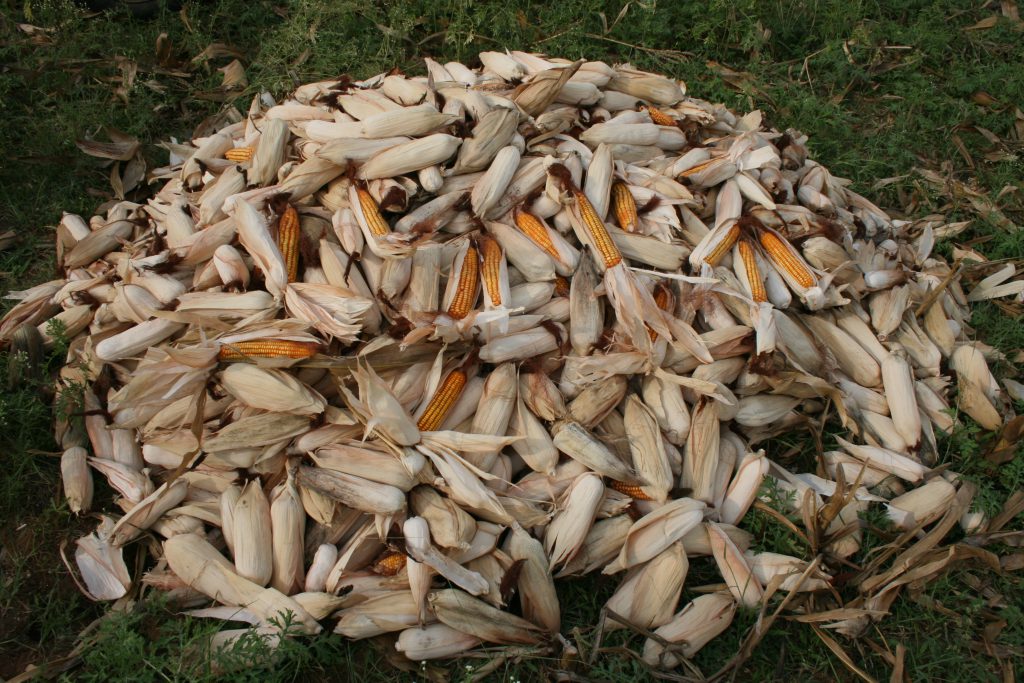
WOTR is at the forefront of implementing rainwater harvesting practices across rural India, demonstrating the transformative potential of this approach. This blog post explores the role of rainwater harvesting in improving crop yields and ensuring food security in India, with a focus on WOTR’s work.
The Need for Rainwater Harvesting in India
India’s agriculture sector heavily relies on monsoons, with nearly 60-70% of farmland dependent on rainfall. However, the unpredictable and erratic nature of the monsoons, coupled with increasing water scarcity, poses a considerable challenge for farmers. Several factors contribute to India’s water crisis, including:
- Rapid population growth, which increases the demand for water for various purposes.
- Unsustainable and inefficient water management practices.
- Climate change, resulting in erratic and unpredictable rainfall patterns.
- Over-extraction of groundwater, causing depletion of aquifers and reduced recharge.
In this scenario, rainwater harvesting offers a sustainable and eco-friendly solution to overcome water scarcity and bolster agricultural productivity.
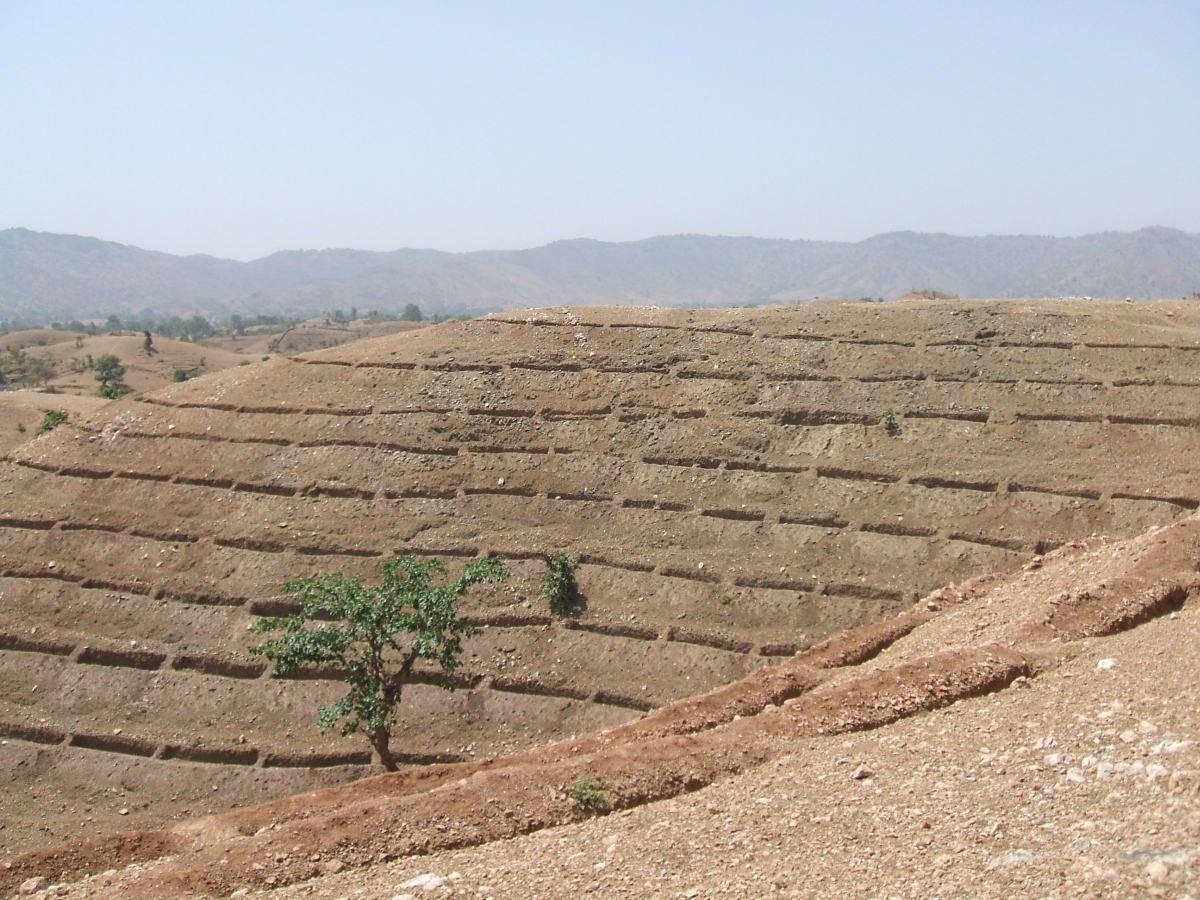
Rainwater Harvesting: The Basics
Rainwater harvesting is a technique that involves collecting, storing, and utilizing rainwater for various purposes, including irrigation. The primary objectives of rainwater harvesting are to conserve water, reduce dependence on groundwater, and enhance water availability for agriculture. Rainwater harvesting techniques can be broadly categorized into two types:
- In-situ rainwater harvesting: This technique involves capturing and storing rainwater directly within the agricultural fields. Examples include contour bunds, trench farming, and mulching.
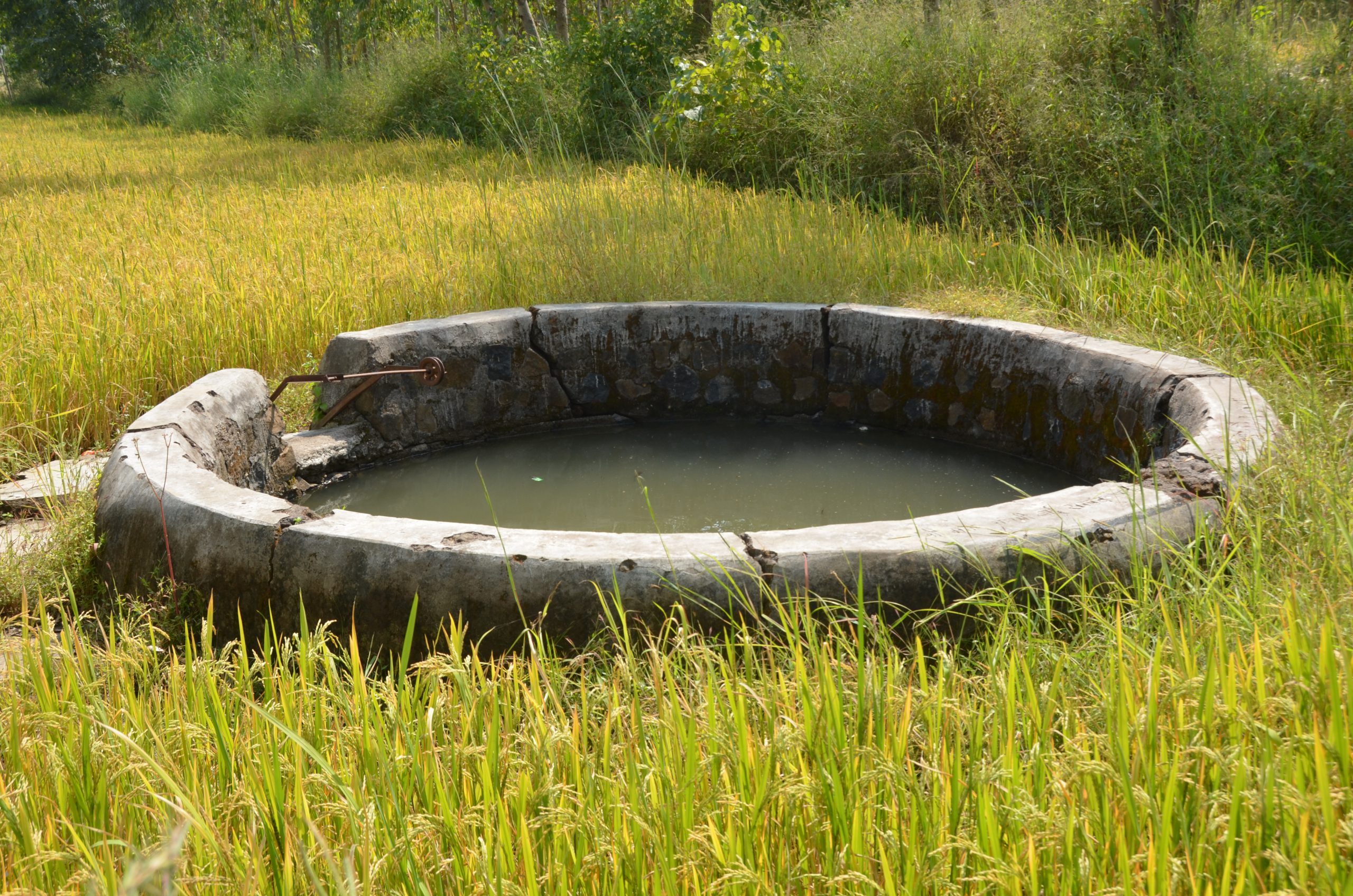
- Ex-situ rainwater harvesting: This approach involves capturing and storing rainwater outside the agricultural fields, in structures such as ponds, tanks, or check dams, and then utilizing it for irrigation purposes.
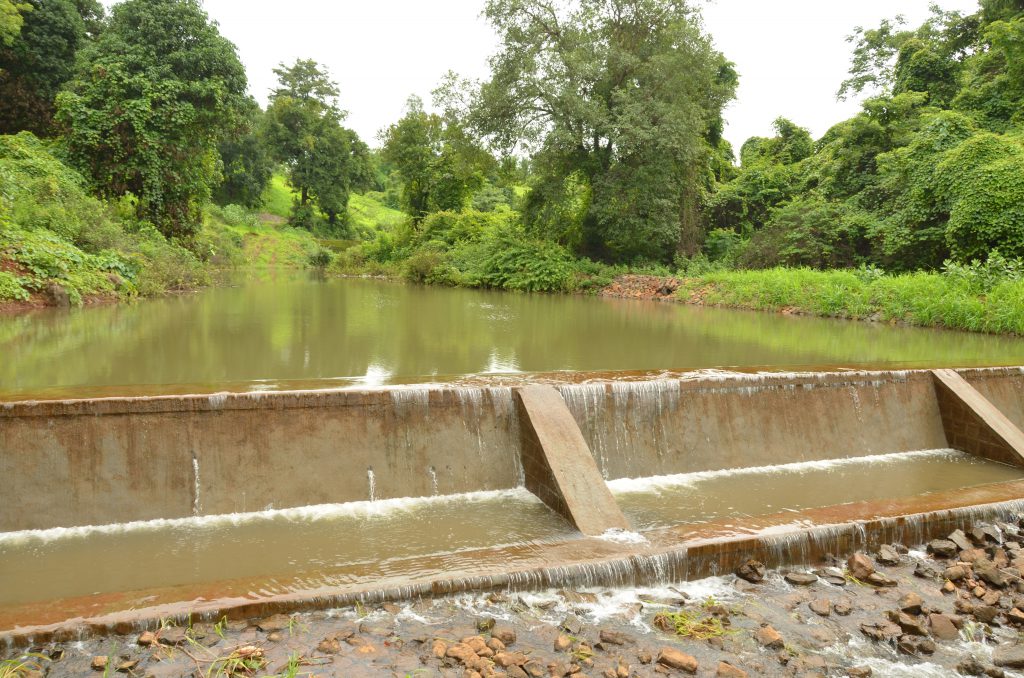
WOTR’s Work in Rainwater Harvesting
WOTR works relentlessly to promote sustainable water management practices, including rainwater harvesting, across rural India. Their work focuses on implementing watershed development programs, promoting community participation, and providing capacity-building support for rural communities.
Some of WOTR’s key initiatives in rainwater harvesting include:
- Integrated Watershed Management: WOTR adopts a holistic approach to watershed management, emphasizing soil and water conservation, afforestation, and community participation. This approach has resulted in improved water availability, reduced soil erosion, and increased agricultural productivity in numerous villages across India.
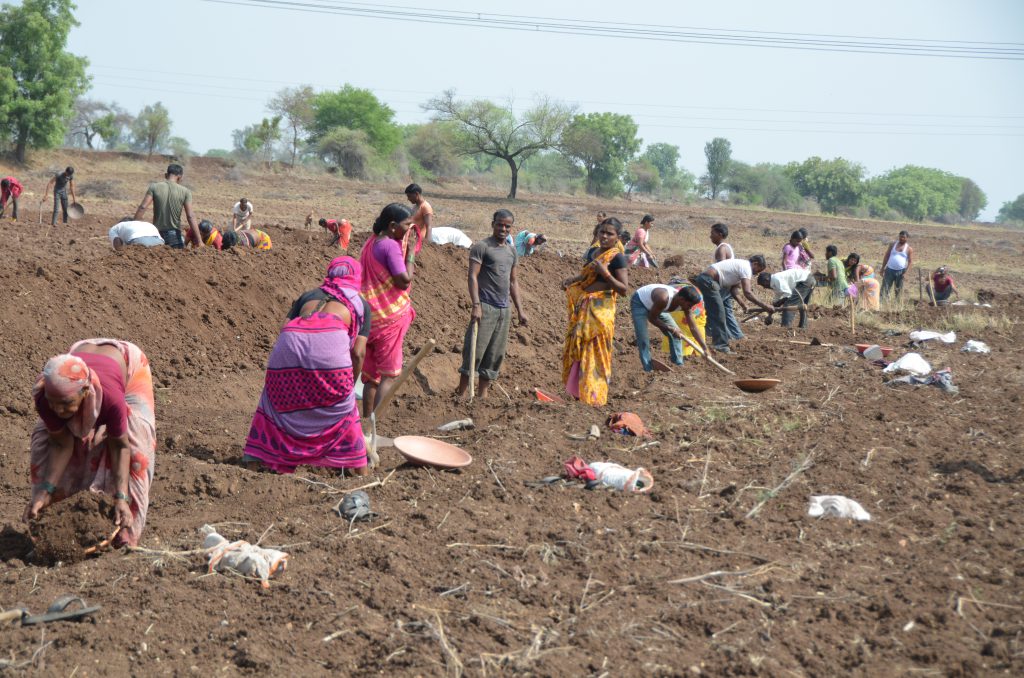
- Construction of Water Harvesting Structures: WOTR supports the construction of various water harvesting structures, such as farm ponds, check dams, and percolation tanks. These structures help capture and store rainwater, enhancing its availability for irrigation and reducing dependence on groundwater.
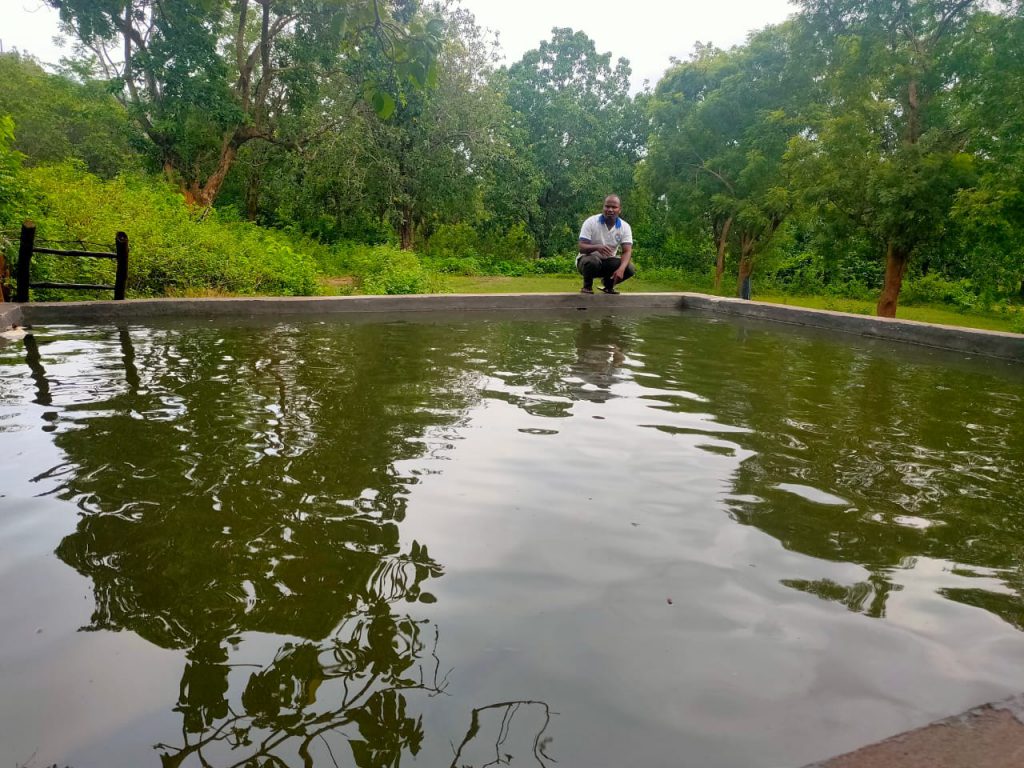
- Capacity Building and Training: WOTR conducts training programs and workshops for farmers and local communities, focusing on sustainable water management practices, including rainwater harvesting. These capacity-building initiatives empower communities to adopt and implement rainwater harvesting techniques effectively.
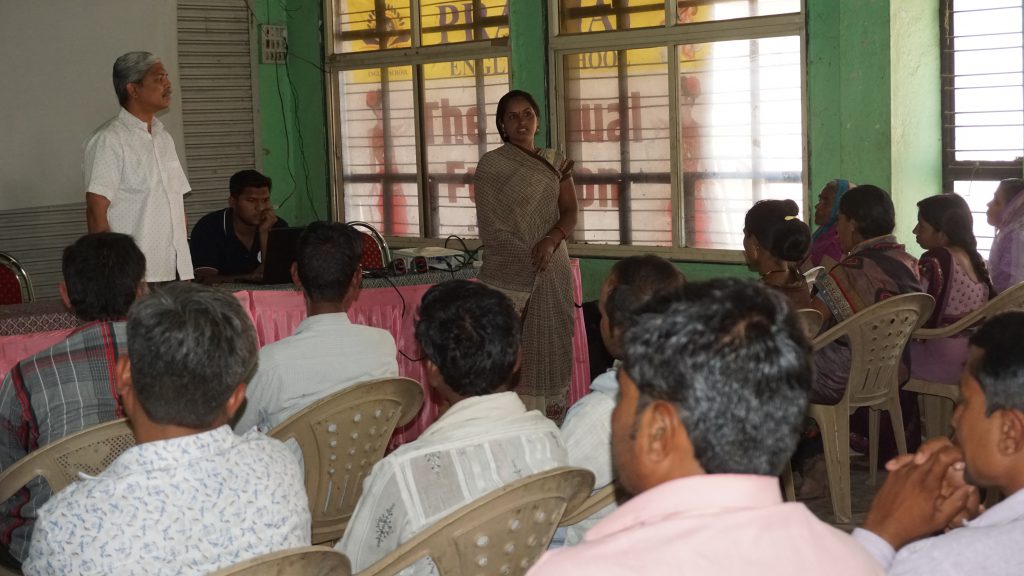
The Impact of Rainwater Harvesting on Crop Yields and Food Security
Rainwater harvesting has a significant positive impact on crop yields and food security, particularly in water-scarce regions. Some of the key benefits include:
- Improved Water Availability: Rainwater harvesting enhances water availability for irrigation, ensuring that crops receive adequate water supply, even during periods of water scarcity. This helps in reducing the risk of crop failure and improving overall agricultural productivity.
- Reduced Dependence on Groundwater: By capturing and utilizing rainwater, rainwater harvesting reduces the dependence on groundwater resources, thereby promoting sustainable water management and reducing the pressure on over-extracted aquifers.
- Enhanced Soil Health: In-situ rainwater harvesting techniques help in reducing soil erosion and improving soil moisture, which in turn, contributes to improved soil fertility and crop growth.
- Climate Change Resilience: Rainwater harvesting practices, when integrated with other sustainable agricultural practices, can enhance the resilience of farming systems to the impacts of climate change, such as erratic rainfall patterns and prolonged droughts.
- Diversification of Crops: With increased water availability through rainwater harvesting, farmers can diversify their crop choices and cultivate high-value and water-efficient crops, contributing to improved food security and income generation.
- Community Empowerment: Rainwater harvesting initiatives that involve community participation and capacity-building efforts help in empowering rural communities to take ownership of their water resources and manage them sustainably.
WOTR’s rainwater harvesting interventions with a holistic view on the natural ecosystems have led to tangible improvements in crop yields and food security in several regions across India. Studies on interventions in Bhojdari and Purushwadi highlight how a systemic intervention employing an Ecosystems-based Adaptation approach can better the lives of marginalised communities.
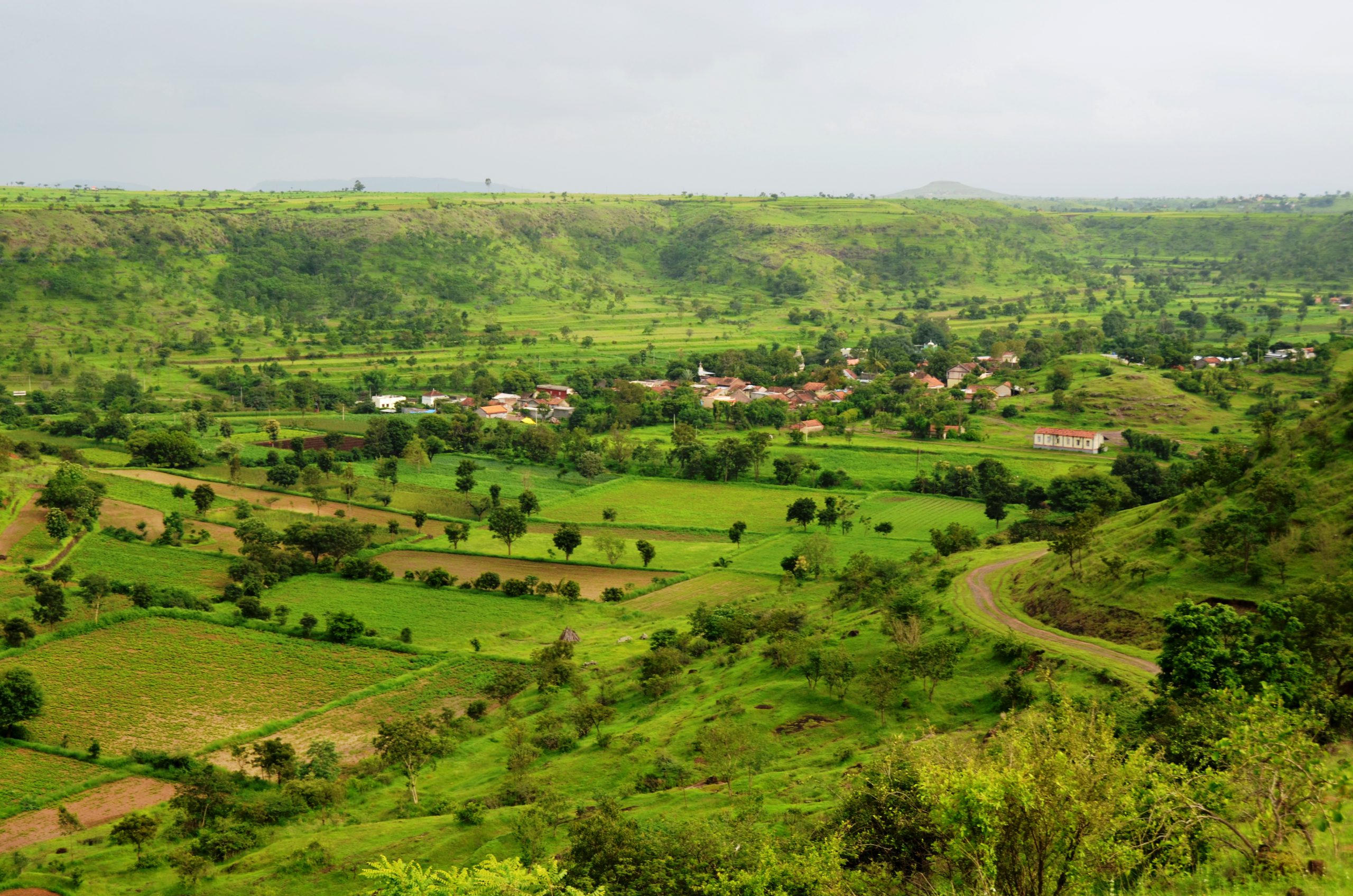
Rainwater harvesting is a promising solution to address India’s water scarcity and improve agricultural productivity, particularly in the context of climate change and increasing water demands. WOTR’s work in promoting and implementing rainwater harvesting practices across rural India serves as a valuable example of how sustainable water management can transform the lives of farmers and contribute to food security. By scaling up rainwater harvesting interventions and integrating them with other sustainable agricultural practices, India can move closer to achieving its goal of ensuring food security for its growing population.





